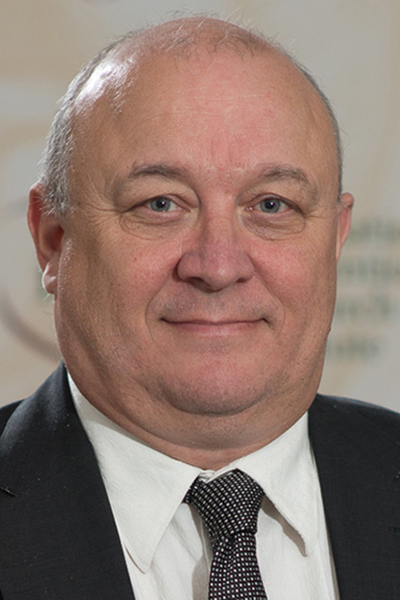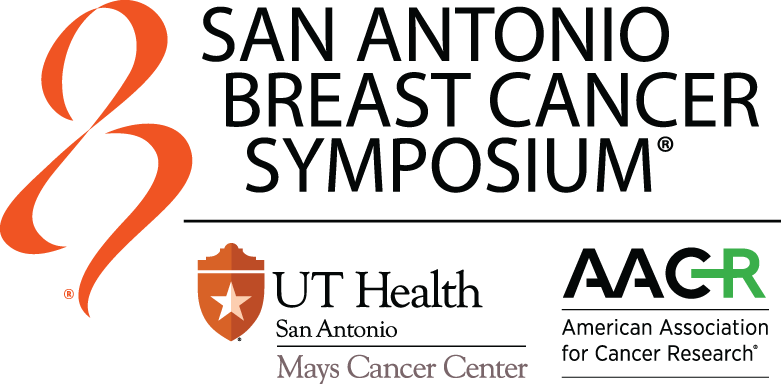
Among the known benefits of breast cancer screening is a reduction in breast cancer death, the ability to use less aggressive therapy and to offer breast reconstruction to patients, an economic gain due to avoidance of advanced disease, and the psychological, social, and quality of life gains associated with all of these. There are, however, some potential drawbacks that clinicians need to consider, according to Philippe Autier, MD, PhD.
Dr. Autier, Vice-President of Population Research at the International Prevention Research Institute in Lyon, France, gave a presentation weighing the benefits and harms of breast cancer screening during the Special Session “Global Breast Cancer Screening,” on Tuesday, Dec. 8.
“One problem that has emerged after the introduction of screening in most countries is that there are many slow-growing cancers that would probably have never been life-threatening during a woman’s lifetime,” Dr. Autier said. “This phenomenon is now called overdiagnosis.”
Research into this phenomenon has grown, with one study showing that in 2020, as much as 40% to 50% of all screen-detected breast cancer would represent overdiagnosis.
In turn, overdiagnosis may lead to overtreatment by way of an increased use of mastectomies, particularly in the United States and Canada, which have shown steady increases in bilateral mastectomies over time, Dr. Autier said.
In summarizing the harms of breast cancer screening, one must include the rate of false positives, overdiagnosis and overtreatment, assessment and treatment of benign lesions, a higher risk of mastectomy, associated economic costs, and the psychological, social and quality of life consequences associated with these harms.
Some groups have attempted to quantify the harm-to-benefit balance of breast cancer screening. For example, a 2015 study by Loberg et al showed that if 1,000 women were screened every 2 years for 20 years starting at age 50, two breast cancer deaths would be averted and there would be 200 false positives, 30 unnecessary biopsies, 30 interval cancers, and 15 over-diagnosed cancers needlessly treated.
Dr. Autier questioned how it might be possible to improve the harm-benefit balance of breast screening. One possible solution, he said, would be to increase the benefits of screening.
“We still don’t have the best tool for reducing the incidence rate of advanced stage breast cancer in populations, which is the goal for screening,” Dr. Autier said. “We are not there yet.”
Alternatively, the balance could be improved by decreasing harms associated with screening. This could be done several ways, he said.
First, start screening at 50 years of age and avoid annual screening. There is no evidence that 30 to 40 screening rounds would be more efficient than 10 screening rounds, Dr. Autier said. Second, avoid peri-operative MRI and MRI screening of the contralateral breast, which increase ipsilateral and bilateral mastectomies without evidence that it reduces breast cancer mortality. Third, question whether breast density should influence screening frequency and method. Fourth, testing of new screening technologies should no longer use cancer detection rate as a main endpoint.
“In fact, we should just ditch this endpoint and change to incidence rates of advanced-stage cancer, interval cancer rates, and rates of extra cancers staged zero or one,” Dr. Autier said.
Finally, implementing risk-based screening could go a long way toward improving the harm-to-benefit balance of breast cancer screening.
Dr. Autier was joined in the session by Rengaswamy Sankaranarayanan, MBBS, MD, of the International Agency for Research on Cancer, who spoke about lessons learned from breast cancer screening trials in low- and middle-income countries.
SABCS registrants have exclusive on-demand access to this and other virtual SABCS programming until March 13, 2021.

